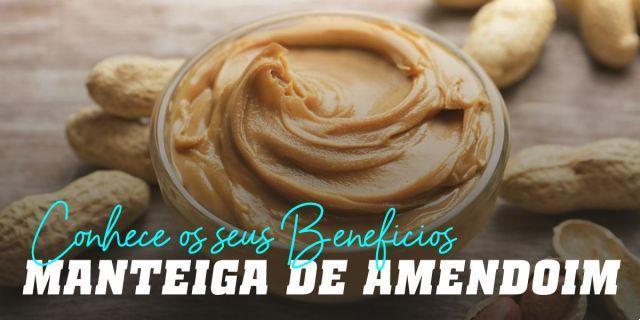
Peanuts: nutritional properties
Le peanuts they are the seeds of the arachis hypogaea plant, native to South America. Commonly included in the nut category, actually peanuts belong to legumes.
The appearance of the seeds is what we know: 8-shaped dry, wrinkled pods, with the bean-shaped "American peanut" inside, covered with a rosacea skin.
Peanuts are small seeds with particular nutritional properties: rich in vegetable proteins, like all legumes, they have a high content of mono and polyunsaturated fats, that is good fats, oleic acid and linoleic acid. They contain B vitamins, especially B12, vitamin B3 and vitamin B6, and vitamin E.
I minerals contained in peanuts are, of equal weight, manganese, magnesium and iron. Finally, peanuts contain folate and some amino acids.
Peanuts are a very caloric food, but cholesterol free, and energizing, useful as a tonic after prolonged efforts.
Peanut butter
Il peanut butter it is obtained from shelled and washed peanut seeds, roasted at high temperatures and ground until a thick and oily paste is obtained.
Like other butters obtained from vegetable seeds the dense part of peanut butter, made up of fibers, tends to separate from the oily part. This particular aspect guarantees that no emulsifiers or oils of other origins have been added to the peanut butter: the separation is a natural consequence of the grinding of the peanut seeds.
Peanut butter has some benefits: highly energizing allows you to integrate vitamins and amino acids in vegetarian and, above all, vegan diets.
It is a naturally caloric and cholesterol-free natural tonic. Contributes to the balance of HDL / LDL cholesterol (good / bad cholesterol) and therefore to the good health of the cardiovascular system.
The content of folate makes peanut butter a natural antioxidant: A moderate use of peanut butter allows to counteract cellular aging.
Read also The role of seeds in the vegetarian diet >>
Homemade peanut butter
It's possible make peanut butter at home, using a blender, preferably pulsed and with a glass container, and whole peanuts.
The peanuts are peeled and peeled, and they are toasted in the oven at 160-180 degrees for 10 minutes: roasting enhances the flavor, eliminates humidity and allows peanuts to "exude" the oily part better.
After roasting they are allowed to cool completely for about an hour. They are then placed in the blender and blended until a thick paste is obtained.
To help the peanuts to shred better it can be added a spoonful of peanut oil cold-pressed or cold-pressed extra virgin olive oil. Once blended, the mixture is transferred to a glass jar, closed and stored in the refrigerator.
Use of peanut butter
Peanut Butter it can be used instead of butter both for cooking and raw. It is very useful in the breakfasts and in high-calorie snacks, and as a base for desserts.
Excessive use is not recommended because, however, it is a very caloric food and therefore fat and slow digestion if the digestive system already had some difficulties. Not recommended for those with glycemic problems.
Pay attention to the ingredients of the peanut butter on the market: it is often added with sugars or other oils, including low-quality and low-quality oils.
Read also
> Is peanut butter good or bad?
> Pistachio butter, properties, recipe and use
> Mafe, the recipe with peanut butter
> Peanuts, cultivation of the plant


























